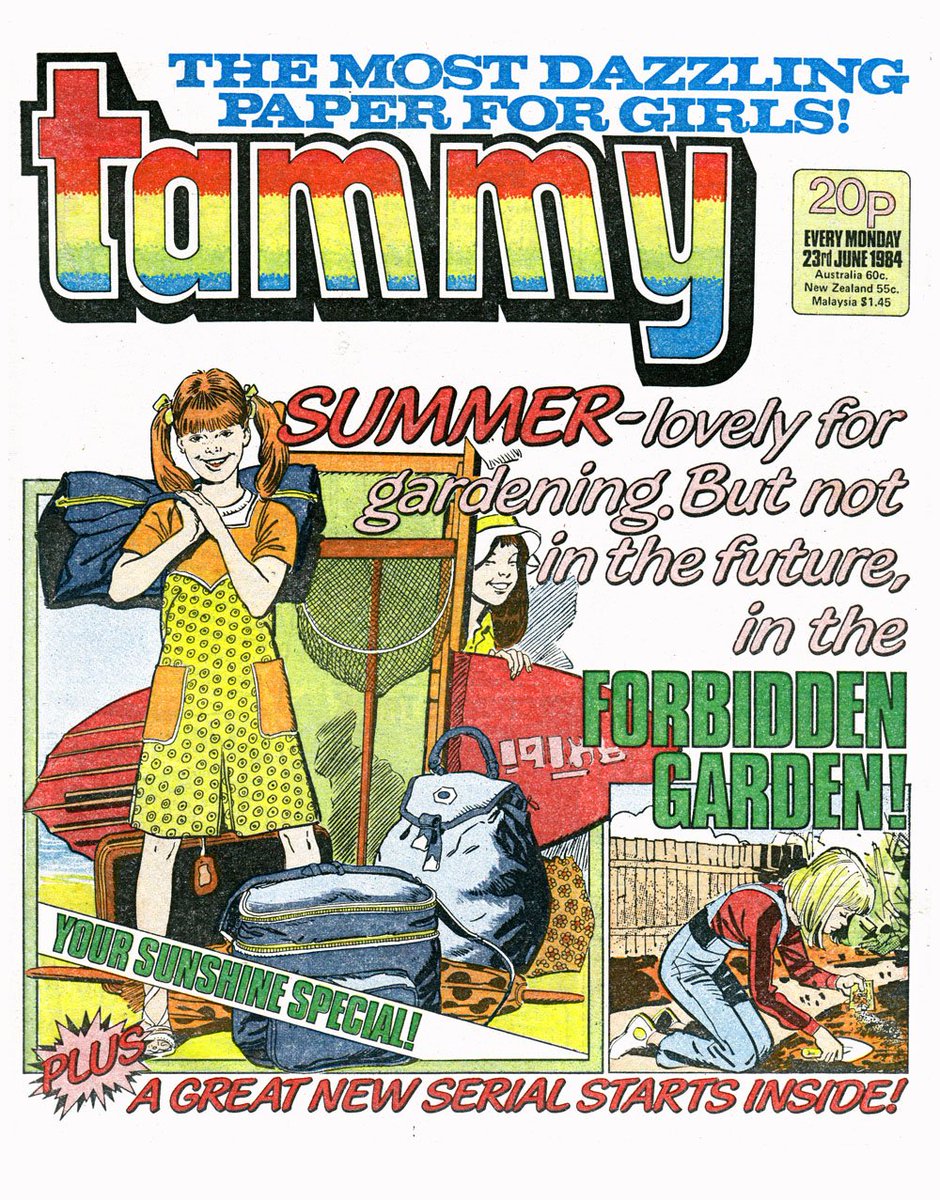
Instructions on how to type your own picture of Kojak.
You never know when you might need to... #FridayFeeling
You never know when you might need to... #FridayFeeling

Instructions on how to type your own picture of John Paul II.
This came free with my John Paul I instructions...
This came free with my John Paul I instructions...

All these instructions are from this excellent 1982 book by typewriter art aficionado Bob Neill.
And here's the link if you want to try typing a few: archive.org/details/bob-ne…
And here's the link if you want to try typing a few: archive.org/details/bob-ne…

• • •
Missing some Tweet in this thread? You can try to
force a refresh






















